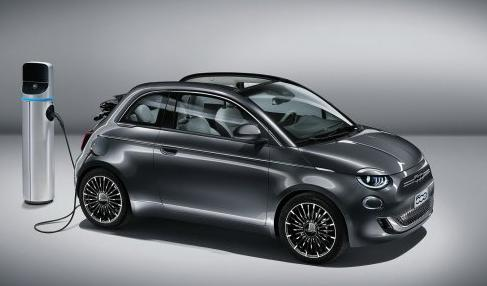The A00 and A0 classes are important markets for pure electric vehicles in Europe, with the Fiat 500e and the Volkswagen E-up being typical models. These two models cover several typical battery system configurations, including 24 kWh, 32 kWh, and 42 kWh, with ranges of 115 miles, 161 miles, and 200 miles. The focus here is on the fast charging speed of these two versions.
Note: The price difference between domestic and foreign battery scale has caused a difference in prices. In terms of fast charging speed, domestic requirements for fast charging cells may not be obvious because they have been stuck at 250A for a long time.

Charging Speed of the Fiat 500e
As shown in the figure below, the charging time configuration of the Fiat 500e. Because of the three-phase configuration of the power grid, the Fiat 500e can be equipped with an 11 kW charger for the 24 kWh version, which means that it can achieve a fast charge of 2.5 hours on a three-phase charging pile.
Mode 2: 24 kWh version 8 hours and 45 minutes, 42 kWh version 15 hours and 15 minutes, which is not very practical.
Mode 3: The 24 kWh version can be fully charged in 2 hours and 30 minutes on three-phase AC, and the 42 kWh version only needs 4 hours and 15 minutes. High-power charging with 6.6 kW and 11 kW single-phase and three-phase configurations is a must in Europe.
Mode 4: This is fast charging, where the configuration is 2C fast charging for the 24 kWh version and a maximum of 85 kW fast charging for the 42 kWh version.
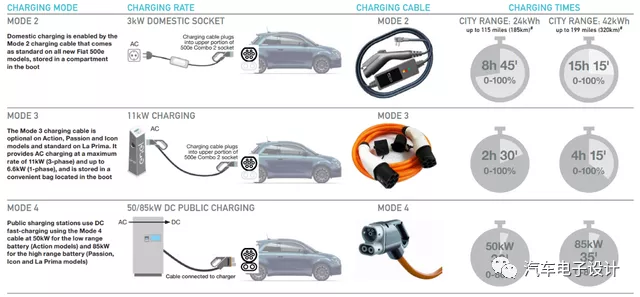
As shown in the figure below, the innovative approach taken in China is to simplify, reduce cost, and improve convenience of the Model 2 by integrating the control part into the gun head.
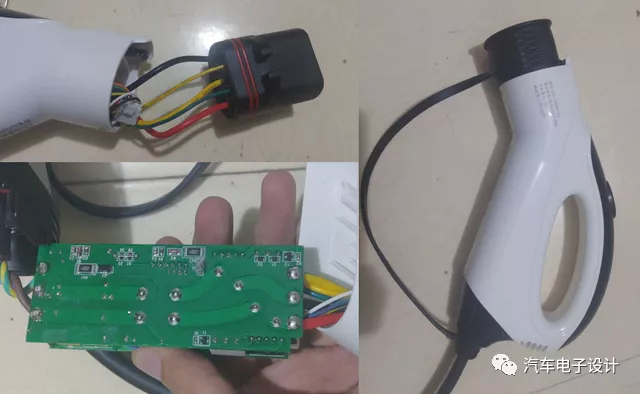
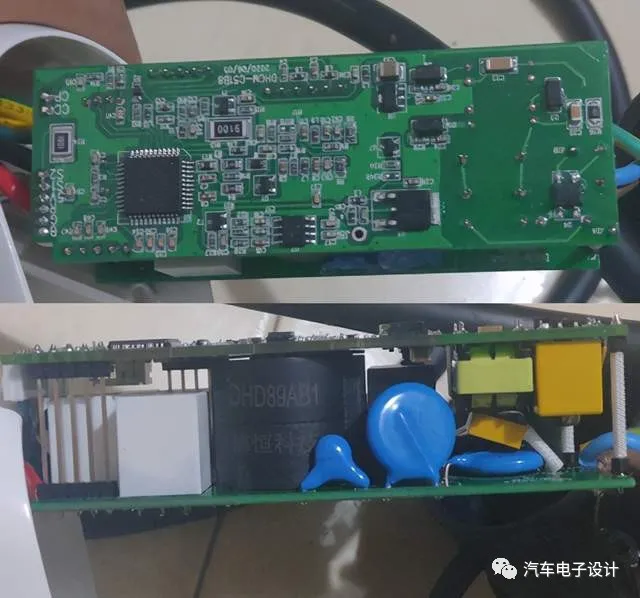
Fast Charging Curve of the Fiat 500eDue to the current configuration of fast charging stations with 150 kW or more in Europe, for the 42 kWh battery, as shown in the figure below, we can see that the maximum power is approaching 85 kW. The maximum charging speed for the 24kWh version is 50 kW (this version of the battery is mainly used for city driving). As shown in the figure below, the 42 kWh battery maintains a relatively high power of 75 kW from 5% charge level and only notably drops to 50 kW at around 60%. Due to this car’s low energy consumption, it is easy to achieve 100 km range increase in 10 minutes of charging and 200 km range increase in 20 minutes of charging.
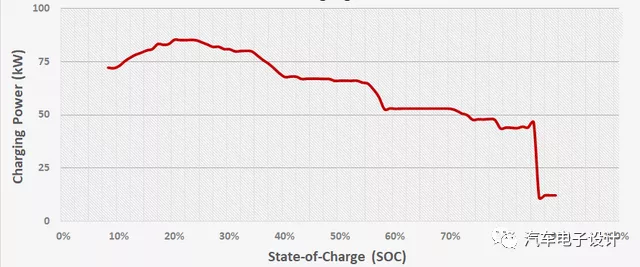
This battery cell can maintain a 2C rate at around 15% to 30%, drops to 1.6C at 40%-60%, and 1.2C at 60%-80%, then begins to decrease after around 90%.

Compared to the 42 kWh version of the BMW i3, this car is significantly better. Its fast charging ability is similar to the 50 kWh battery that CATL produces for PSA. These two batteries, with one’s 2C capacity set below 20% and the other optimized for 15% to 30%, are slightly better in terms of charging rate for this SDI battery.
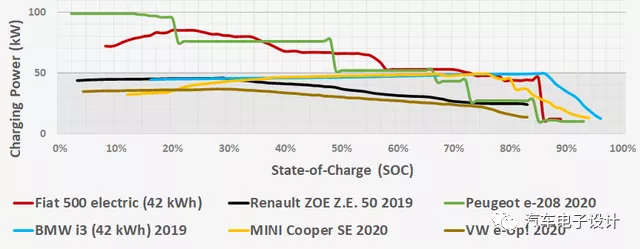
From the trend of charging facilities in Europe, even small cars with small batteries require fast charging capabilities. Under range-limited conditions, fast charging speed is still crucial. Therefore, for small cars ranging from 24-50 kWh and future mid-high-end cars ranging between 60-80 kWh, except for energy-type large batteries of 100 kWh, a continuous upgrade of fast charging speed is necessary.
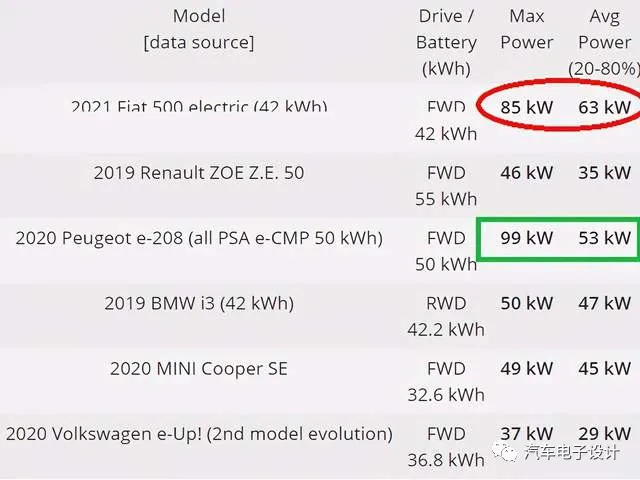 ### Summary:
### Summary:
According to the report, it is known that European car manufacturers will gradually introduce the LFP version of batteries in 2023, mainly for small cars. However, the requirement for fast charging speed may also have a slight impact on the high energy density of LFP batteries, which may lead to a trade-off.
This article is a translation by ChatGPT of a Chinese report from 42HOW. If you have any questions about it, please email bd@42how.com.
